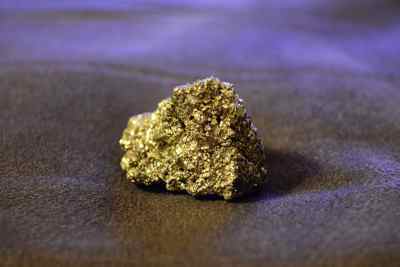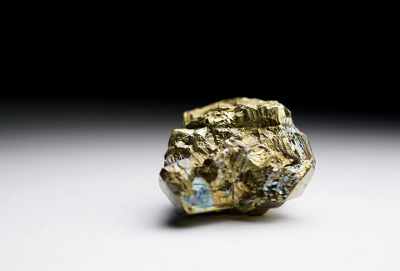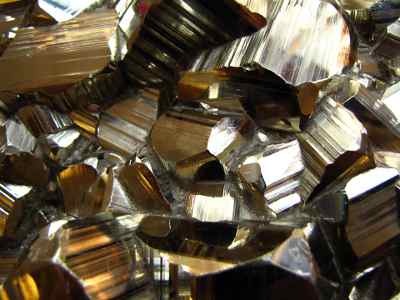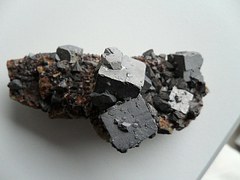How to Obtain Sulfur Post SHTF - Survival Manual

Despite its abundance in nature, obtaining useful sulfur (somewhat pure sulfur) is going to be a big hurdle for most people post SHTF. Sulfur has many uses and making gunpowder is the big one! You can make gunpowder (black powder) without sulfur luckily, but the black powder that uses sulfur is more powerful than black powder without it and easier to ignite.
The only easily extracted sulfur in a SHTF scenario will be at certain volcanic vents and a few hot springs. So although this site is about knowledge that will be beneficial in the far future it is such a huge advantage to have that I would stress the stockpiling of sulfur to get you and your group through the early decades of total societal collapse. Do not use your sulfur for hunting purposes and such. Reserve this best powder for self-defense.
Most people will have access to sulfur through the mineral pyrite. Pyrite is not pure sulfur, but instead an iron and sulfur compound that you refine into pure sulfur.
Pyrite also goes by the name Fools Gold because it looks similar to gold. Anyone that has done any gold panning can easily tell the difference simply by looking at the color of the mineral if it is pyrite or gold. Pyrite has a darker yellow color to it that's similar to brass, while gold has a brilliant yellow color that is very reflective.
You probably know that gold is one of the heavier metals. Panning for gold relies on this property of gold. Pyrite weighs less than gold, and small flakes of pyrite will wash away when placed under the water.
To extract the sulfur from pyrite (53% Sulfur) or other rocks such as Galena (13% Sulfur), can be done using a two pot distillation method. No water or liquid of any type is used in this process. To do this obviously you will need two pots. The pots were traditionally made of clay and you can use modern or clay pots, your choice. The two pots are connected by a short pipe. The crushed rocks are placed in one pot. This pot is heated to a very high temp. The sulfur would evaporate and the fumes would then flow into the other pot via the pipe, where it would cool and condense. Any slag (mostly iron) left in the first pot can be discarded or used if you have any use for iron.
Be aware that there is a real danger H2S which is highly toxic.
Scale up the process as your resources and needs dictate. Historically batches of hundreds of pounds or more were processed at time.



